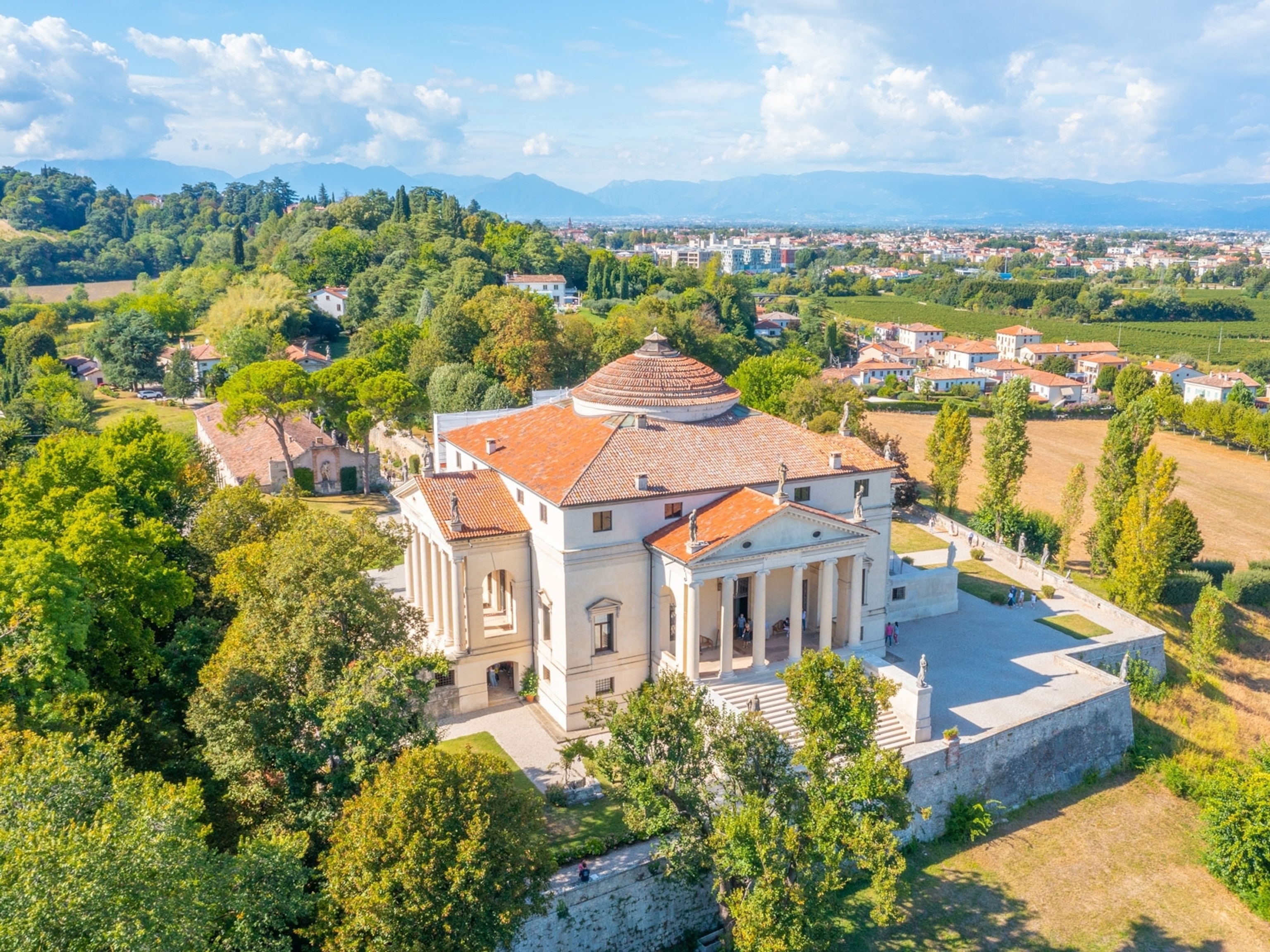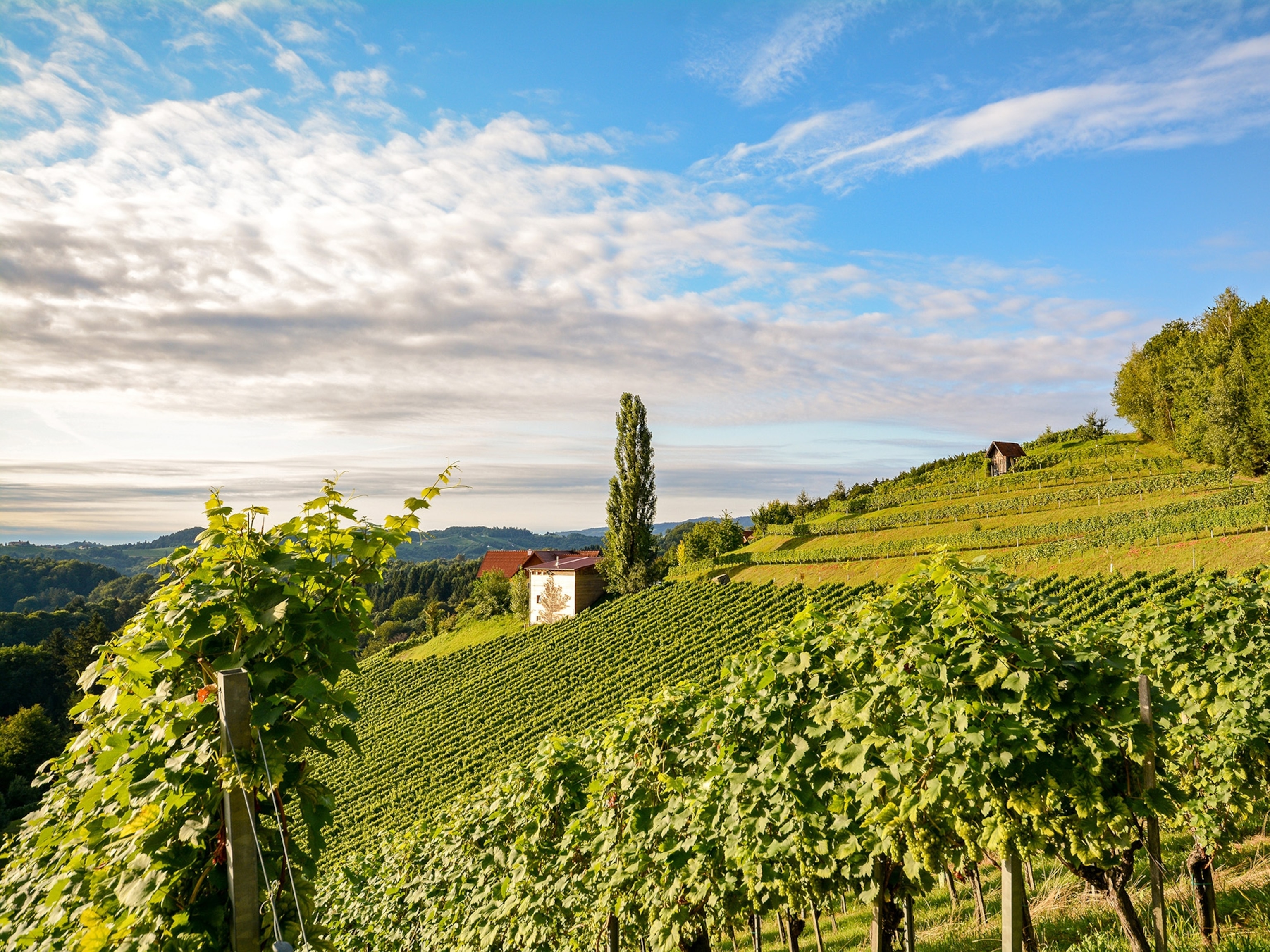
Everything to Know About Venice
It doesn't matter how much hype you've heard about magical, romantic Venice—it's all true.
Venice exudes a laidback feel, with life moving at walking pace, unless you count the leisurely ferries flitting across the water. You'll often see locals gathered on street corners or cafés chatting to pass the time.
When to Go
Spring and autumn are usually the best times to go, although November can bring acqua alta (high-tide flooding)—the streets fill with water, which can be messy. Summer can mean steamy heat, mosquitoes, and the city crowded to the rafters. In midwinter, Venice is a little quieter and extremely cold but with crystal-clear skies, although some hotels and restaurants close down.
Celebrate
The world-famous Venice Carnival (40 days before Easter) spells fun with masks and costumes but also an awful lot of people and congestion. Vogalonga (May) is a non-competitive celebration of rowing as thousands of colourful small craft follow a 30-kilometer circuit from Venice and out around the lagoon islands. The Regata Storica (September) is a parade of elaborately decorated boats rowed along the Grand Canal and bearing local people in period costume, followed by competitive regatas.
What to Eat
As a snack, try mouth-watering cichetti (with an aperitif): a chunk of bread topped with baccalà (creamed salt cod), goat cheese and dried tomato, or mozzarella and oregano, to name a few. For dinner, order pasta con le seppie (pasta with cuttlefish and black ink sauce). Wintertime is good for radicchio ai ferri, grilled red chicory, then spring for local carciofi, tiny purple artichokes from the lagoon islands.
Souvenir to Take Home
A handmade Murano glass animal is quintessential Venice, as is a magnificent blown-glass chandelier fit for a palazzo ballroom, but who can resist a millefiori paperweight, a fusion of myriad lengths of coloured rods. Don't forget the original papier-maché masks made by skilled artisans in their ateliers.
Sustainable Travel Tip
There is no reason to purchase bottled mineral water. The city water is both safe and regularly checked, and drinking fountains and taps are dotted around town. Tap water (referred to locally as the acqua del sindaco, the mayor's water) can be requested in restaurants. Avoid taking the gigantic cruise ships that may soon be banned from entering the Venice Lagoon. They are huge polluters and out of scale with this unique city.
- National Geographic Expeditions
Instagram-Worthy View
The broad waterfront promenade Riva degli Schiavoni (near Piazza San Marco) is a good spot for sunset light over the lagoon and city, and during daylight hours, the Accademia bridge spells excellent Grand Canal shots with the Punta della Dogana, ferries, and gondolas included.





